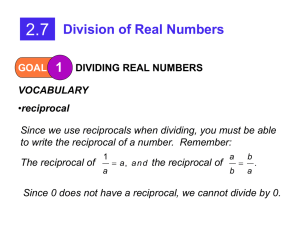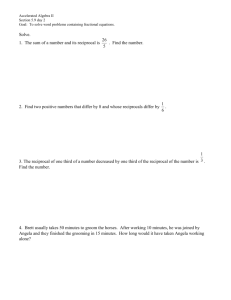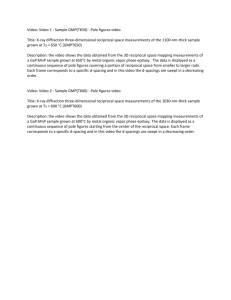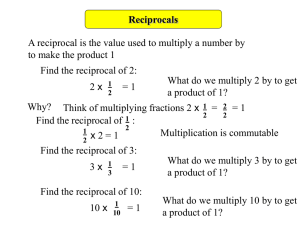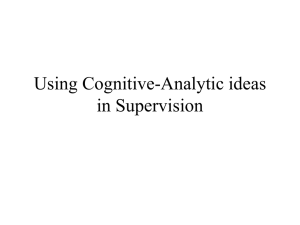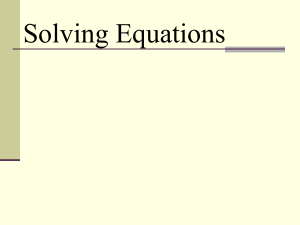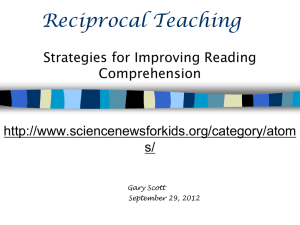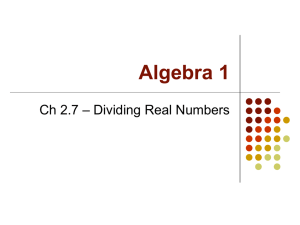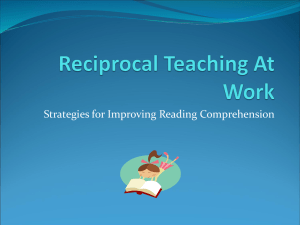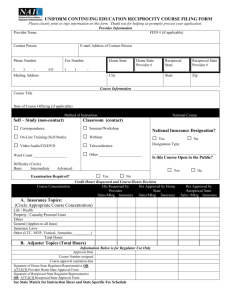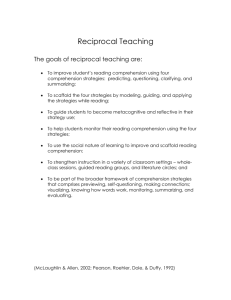Interactive Notion to Effective Reading and Thinking
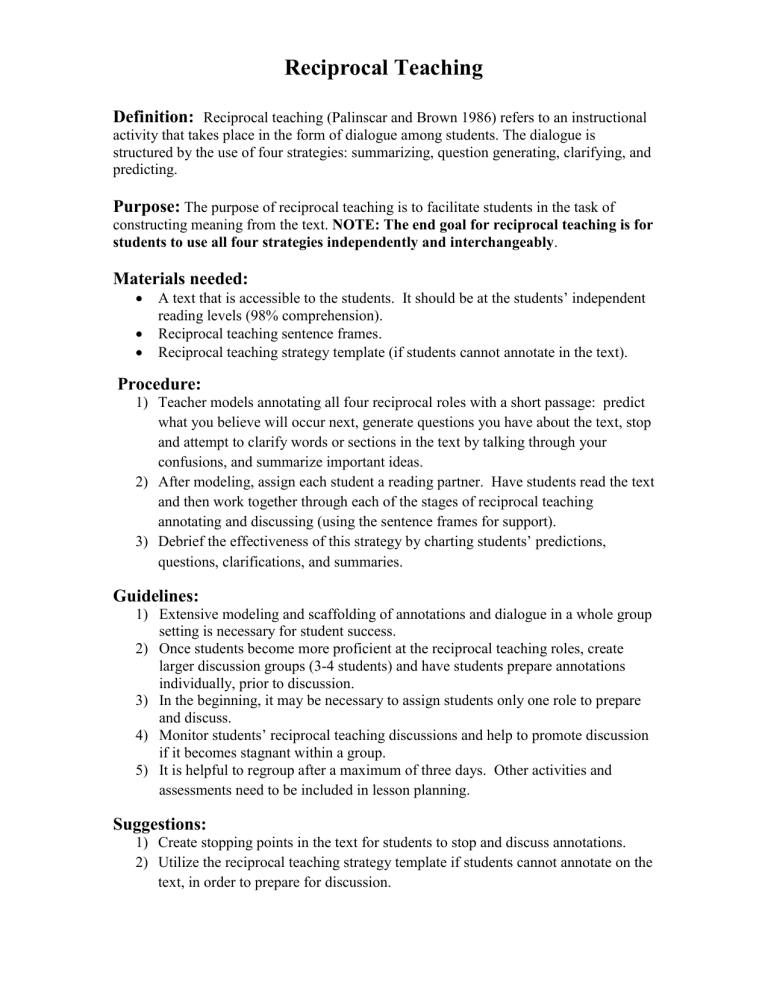
Reciprocal Teaching
Definition:
Reciprocal teaching (Palinscar and Brown 1986) refers to an instructional activity that takes place in the form of dialogue among students. The dialogue is structured by the use of four strategies: summarizing, question generating, clarifying, and predicting.
Purpose:
The purpose of reciprocal teaching is to facilitate students in the task of constructing meaning from the text. NOTE: The end goal for reciprocal teaching is for students to use all four strategies independently and interchangeably .
Materials needed:
A text that is accessible to the students. It should be at the students’ independent reading levels (98% comprehension).
Reciprocal teaching sentence frames.
Reciprocal teaching strategy template (if students cannot annotate in the text).
Procedure:
1) Teacher models annotating all four reciprocal roles with a short passage: predict what you believe will occur next, generate questions you have about the text, stop and attempt to clarify words or sections in the text by talking through your confusions, and summarize important ideas.
2) After modeling, assign each student a reading partner. Have students read the text and then work together through each of the stages of reciprocal teaching annotating and discussing (using the sentence frames for support).
3) Debrief the effectiveness of this strategy by charting students’ predictions, questions, clarifications, and summaries.
Guidelines:
1) Extensive modeling and scaffolding of annotations and dialogue in a whole group setting is necessary for student success.
2) Once students become more proficient at the reciprocal teaching roles, create larger discussion groups (3-4 students) and have students prepare annotations individually, prior to discussion.
3) In the beginning, it may be necessary to assign students only one role to prepare and discuss.
4) Monitor students’ reciprocal teaching discussions and help to promote discussion if it becomes stagnant within a group.
5) It is helpful to regroup after a maximum of three days. Other activities and assessments need to be included in lesson planning.
Suggestions:
1) Create stopping points in the text for students to stop and discuss annotations.
2) Utilize the reciprocal teaching strategy template if students cannot annotate on the text, in order to prepare for discussion.
3) All students should clarify within the group. You may assign three members to each group and all members are responsible for clarifying at all times. (Have students use a different color pen for clarifications.)
4) Have students prepare for one role and group students according to similar roles.
For example, all of the summarizers meet together in one group, all of predictors meet together in another group… and students discuss and add to their annotations before getting into their “regular” heterogeneous reciprocal teaching groups.
Extensions:
1) Group clarifying and questioning together and add a fourth skill connecting and visualizing.
2) Use the Comprehension Target Talk graphic organizer to evaluate the usefulness and relevance of the thoughts within group discussion. The more useful the thought, the closer it goes to the center. If there is a disagreement, great! This allows students to discuss and support their ideas with logical reasoning and evidence from the text.
3) Utilize the Reciprocal Teaching Discussion guide to provide a concrete structure to aide in the discussion of roles.

